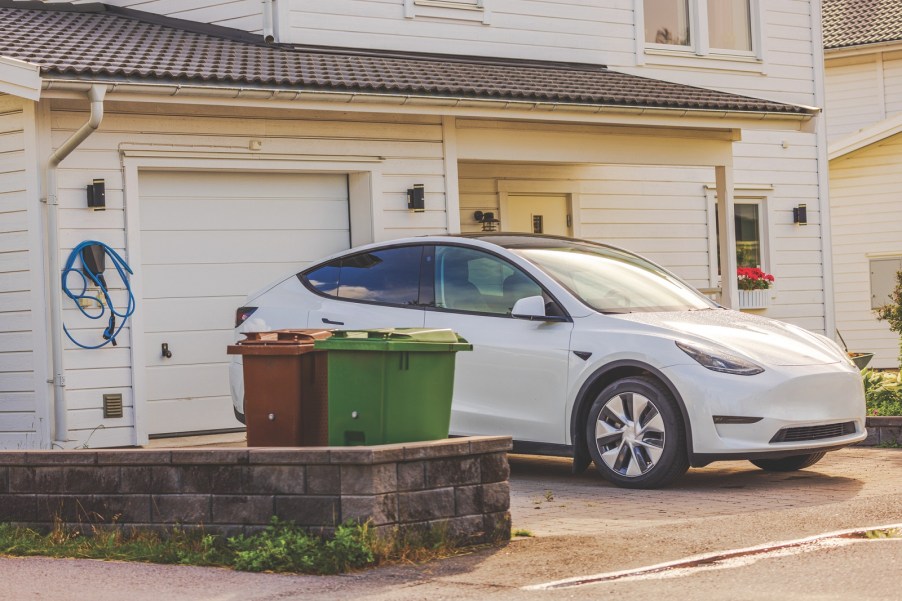
EVs catching fire in Helene’s aftermath: Explained
As Hurricane Helene approached, city officials issued urgent warnings to residents in the storm’s path: Move your electric vehicle to higher ground. As the stormwaters recede, though, garages housing EVs with even low-level standing water are catching fire, especially in the Tampa, Florida, area.
A major risk with the current EV battery design is thermal runaway. This occurs when otherwise separated cells in the battery contact each other. The resulting effect is an excessive, uncontrollable temperature increase. Heat will quickly rise, causing destructive explosions and fire.
Moreover, other EV battery materials, like volatile organic hydrocarbons and heavy metals, can pose serious health concerns to folks exposed to them, such as drivers and first responders.
Floodwaters can serve as a conductor to “bridge” cells that should remain separate. “Bumps and bruises, ” say, from collisions, can also cause thermal runaway.
At least three home fires related to EVs were reported in the Tampa area in the last 48 hours.
One home on Peacock Road in Sarasota had a Tesla Model X Plaid parked in the garage. Nest home security footage shows the parked Tesla igniting from the battery, which is built into the EV’s platform.
Nine people were inside the home. Some were awake and able to detect the incident. Everyone evacuated. The house was completely destroyed. According to Zillow, its market value was about $6,000,000 before the fire.
To prevent such fires, officials recommended owners move their EVs at least 50 feet away from floodwaters.
Owners and insurers should also keep in mind that thermal runaways can occur “randomly” after a breach. This means that even if an EV exposed to floodwaters doesn’t immediately catch fire, it can at some point in the future.
The risk doesn’t end with just cars, either. E-bikes and electric scooters – or anything with a lithium-ion battery, for that matter – should always be kept away from standing water.



